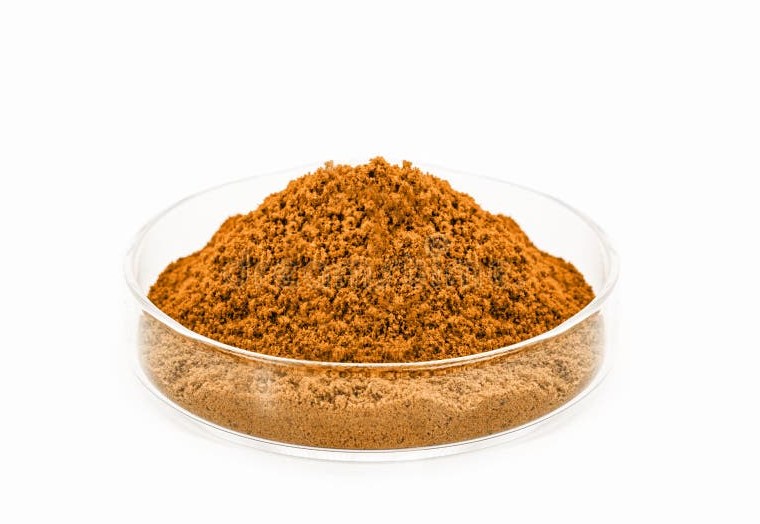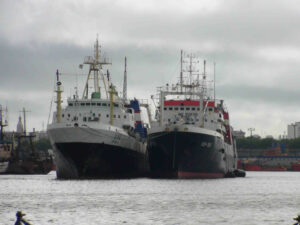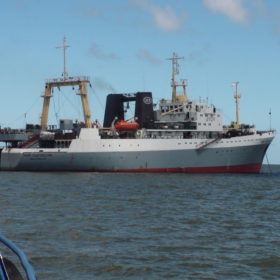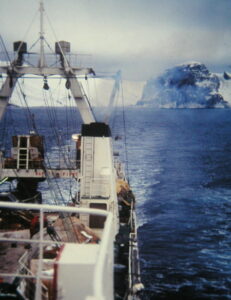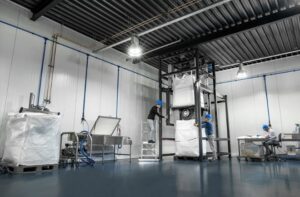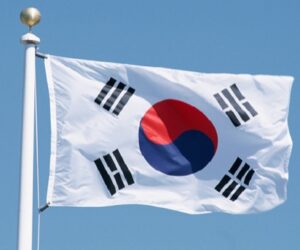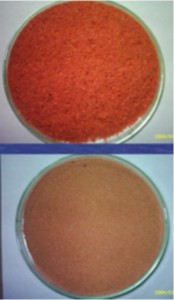 Krill meal has shown significant benefits for fish and different species of shrimp. It is an ideal ingredient for the formulation of balanced feeds. It is also easy to handle and to incorporate during feed manufacturing subject that certain parameters are met, such as max fat content.
Krill meal has shown significant benefits for fish and different species of shrimp. It is an ideal ingredient for the formulation of balanced feeds. It is also easy to handle and to incorporate during feed manufacturing subject that certain parameters are met, such as max fat content.
Krill meal is much more than a rich source of essential amino acids and polyunsaturated fatty acids. It is also characterized as a source of;
(a) nitrogenous substances of powerful attractant features; (b) natural pigments; (c) micronutrients, and; (d) growth enhancer, all of which provide krill meal with a high biological value and high palatability.
High-quality krill meal must necessarily be processed at sea, on board factory vessels operating on fishing grounds (primarily in the South Atlantic waters). The freshness of the raw material is thus assured by the immediate processing of the raw material caught in very low temperature waters of pristine purity. The end-product is therefore free of harmful chemicals and biological pollution that affects dried meal produced from other crustaceans and/or fish.
There is hardly any amount of Dioxins, PCB’s and heavy metals, coincident with no human-made pollutants in the area.
Tharos has a team of engineers, some with many decades of at-sea krill processing knowledge and expertise, who supervise production on board factory vessels, allowing Tharos to offer certified products, of an optimum quality and enough flexibility to rapidly respond to the needs of the customer.
This summarized report follows Tharos’ krill meal processing protocols that offer several following benefits to the aquafeed industry: (a) Palatability; (b) Osmoregulation; (c) Minerals; (d) Phospholipids; (e) Polyunsaturated fatty Acids; (f) Chitin; (g) Essential Aminoacids; (h) Natural pigments (in the form of Astaxanthin).

